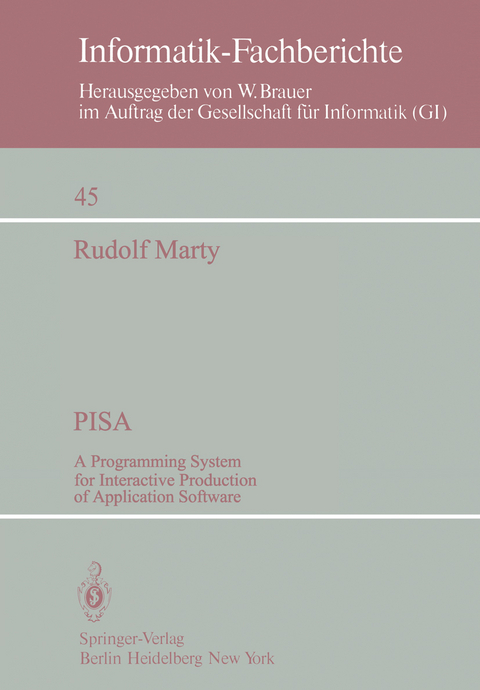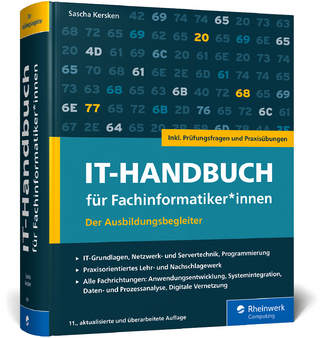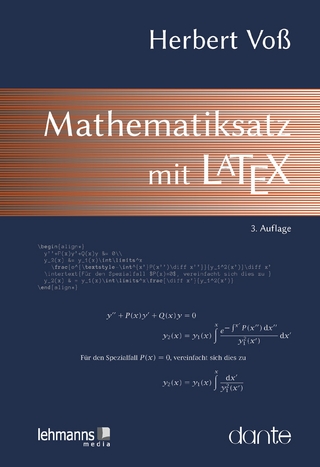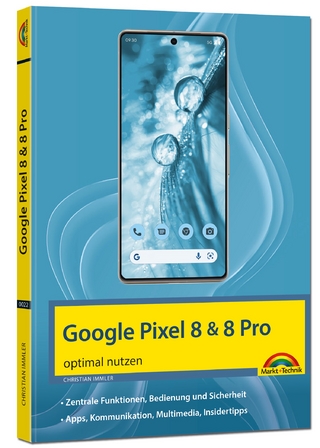
PISA
Springer Berlin (Verlag)
978-3-540-10825-2 (ISBN)
Section A explains the reasons for defining a comprehensive programming system and gives the design principles for an interactive programming language as well as for an interactive programming system..- Section B defines the programming language PISA, the predefined routines, and the interfaces between a PISA program and its environment..- Section C describes the syntax and the semantics of a PISA session providing the interactive environment for creating, testing, maintaining, and using PISA programs..- Section D shows how the programming system PISA can be employed in several typical areas of applications. Particular attention is paid to the use of the PISA interfaces..- Section E gives some guidelines for an implementation of PISA and suggests efficient run-time code structures for several language constructs and system components..- Section F focuses on the portability aspects of PISA programs: Following a discussion of design aspects that make PISA a highly portable language, a portability checker for PISA programs and a validation system for PISA implementations is proposed..
| Erscheint lt. Verlag | 1.5.1981 |
|---|---|
| Reihe/Serie | Informatik-Fachberichte |
| Zusatzinfo | VIII, 298 p. |
| Verlagsort | Berlin |
| Sprache | englisch |
| Maße | 170 x 244 mm |
| Gewicht | 540 g |
| Themenwelt | Mathematik / Informatik ► Informatik ► Betriebssysteme / Server |
| Mathematik / Informatik ► Informatik ► Software Entwicklung | |
| Schlagworte | Design • Dialog (EDV) • Pisa (EDV) • programming • structured analysis • Testing • Validation |
| ISBN-10 | 3-540-10825-4 / 3540108254 |
| ISBN-13 | 978-3-540-10825-2 / 9783540108252 |
| Zustand | Neuware |
| Haben Sie eine Frage zum Produkt? |
aus dem Bereich


